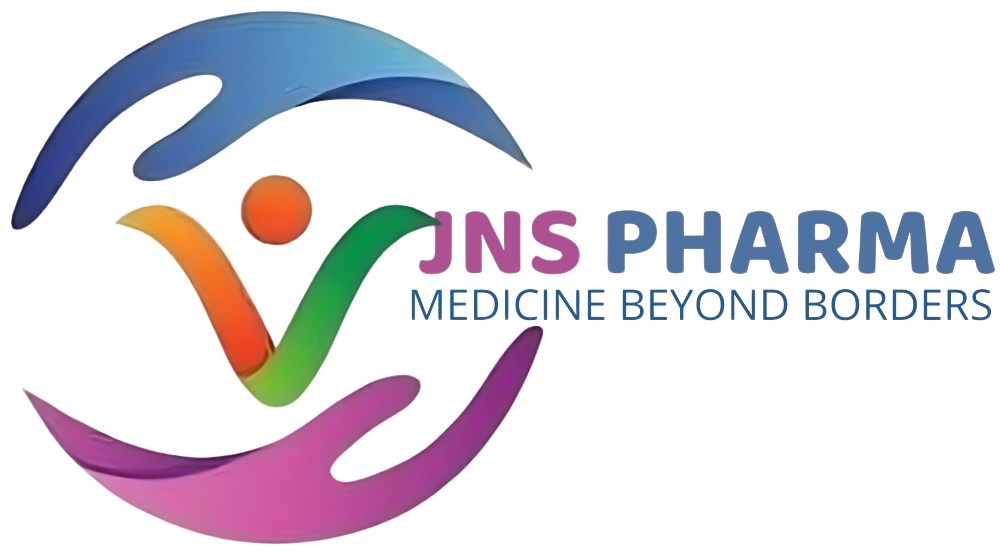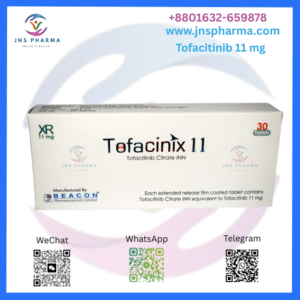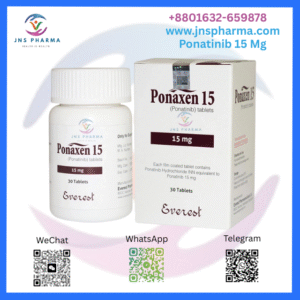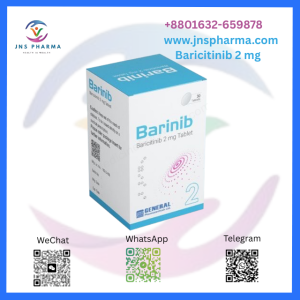Don't miss our holiday offer - up to 50% OFF!
Regonix 40 Mg (Regorafenib)
Regonix 40 mg is also appertained to as Regorafenib, which is an oralmulti-kinase asset. It is used to treat cancers of various colors. It’s generally used for metastatic colorectal cancer( mCRC), advanced gastrointestinal stromal excrescences( GIST), and hepatocellular melanoma( HCC) after the failure of other systemic curatives. As a targeted agent, Regonix interferes with specific enzymes and pathways involved in excrescence cell growth and angiogenesis( conformation of new blood vessels that supply excrescences).
Composition and Mechanism of Action
The active ingredient in one Regonix 40 mg tablet is 40 milligrams of regorafenib. It’s amulti-targeted tyrosine kinase asset( TKI) that blocks multiple protein kinases that are involved in excrescence growth, angiogenesis, and the excrescence medium.
Regorafenib significantly inhibits intracellular and membrane-bound kinases, including:
VEGFR1, VEGFR2, VEGFR3 Vascular endothelial growth factor receptors involved in angiogenesis.
PDGFR and FGFR Platelet- deduced and fibroblast growth factor receptors involved in cell growth.
tackle, RET, RAF- 1, BRAF Oncogenic kinases associated with excrescence cell proliferation.
By blocking these pathways, Regonix inhibits excrescence blood force as well as their growth and spread mechanisms.
Indications
Regonix 40 mg is administered in some types of cancer when standard treatments fail or are no longer effective. Some typical suggestions are
Metastatic Colorectal Cancer( mCRC)
Regonix is recommended for patients with colorectal cancer that has spread beyond of the colon and who have previously received treatment with fluoropyrimidine-, oxaliplatin-, and irinotecan- grounded chemotherapy,anti-VEGF treatment, andanti-EGFR treatment.
Gastrointestinal Stromal Excrescences( GIST)
Used in cases with advanced GIST who have had complaint progression or dogmatism on former remedy including imatinib and sunitinib.
Hepatocellular Carcinoma( HCC)
For cases with preliminarily treated liver cancer who have entered sorafenib treatment, Regonix offers a alternate- line remedy.
Dosage and Administration
The Regonix cure is generally 160 mg by mouth every day( four 40 mg tablets) for 21 days of a 28- day cycle( 3 weeks on, 1 week off). It should be taken after a low-fat mess (smaller than 600 calories and smaller than 30 fat) to minimize gastrointestinal side effects and increase immersion.
The cure may need to be acclimated grounded on individual forbearance, side effects, liver function, and medicine commerce. It’s important to misbehave precisely with the oncologist’s schedule and give a report of any untoward response.
Side Effects
Like with utmost cancer treatments, Regonix has several side effects, some of which are severe. Some of the common adverse responses are:
Hand- bottom skin response( palmar- plantar erythrodysesthesia)
Fatigue
Diarrhea
Hypertension( high blood pressure)
Loss of appetite and weight loss
Hoarseness
Increased liver enzymes( AST/ ALT elevation)
Rash and mucositis
Less common but severe side effects could be
Liver toxin Liver function tests on a regular base are demanded.
Bleeding and hemorrhage
Gastrointestinal perforation
Cardiac complications similar as myocardial infarction or ischemia
Discontinue treatment if any severe side effect or sign of organ damage is present.
Warnings and Precautions
Hepatic Impairment
Regonix undergoes primarily liver metabolism, and liver dysfunction that’s moderate to severe increases the threat of toxin.
Hypertension
Regular dimension of blood pressure, especially at the morning of the original cycle of treatment.
Dermatologic responses
Hand bottom pattern may significantly impact quality of life. Cure adaptation or characteristic operation may be needed.
Cardiovascular Risk
With caution in cases with a former history of cardiac conditions.
Gestation and Lactation
Regorafenib can beget injury to the fetus. It mustn’t be used during gestation or breastfeeding. Women and men must use effective contraception whilst on treatment and for a period latterly.
Drug Interactions
The liver enzymes CYP3A4 and UGT1A9 break down regonix. As a result, regonix may interact with a wide range of other medications, including:
Strong CYP3A4 corrupters (e.g., rifampin, phenytoin) – likely to reduce efficacity.
Strong CYP3A4 impediments (e.g., ketoconazole, clarithromycin) – likely to enhance toxin.
Anticoagulants (e.g., warfarin) – threat of enhanced bleeding.
The case should give a complete list of specifics being take to the healthcare professional to help possible relations.
Storage and Handling
Regonix 40 mg tablets should be store in their original bottle, tightly close, at room temperature (20 °C – 25 °C) and defend from humidity. In addition to child- resistant packaging, no special storehouse or handling preventives are need. Tablets mustn’t be crush or divided.
Taking the drug at the same time daily with a low- fat mess.
Monitoring early side effects like skin responses or hypertension.
The significance of going for frequent blood tests to cover liver function and blood pressure.
Avoiding grapefruit or grapefruit juice, which may alter the effect of the medicine.
clinging to effective contraception during remedy and for at least 2 months (ladies) or 3 months (males) after the last cure.
Conclusion
Regonix 40 mg (Regorafenib) is a effects remedial option for certain advance cancers once other curatives haven’t been effective. Its effect in inhibiting multiple pathways to cancer growth gives it a broad medium of action. Still, due to its capability to initiate serious side effects, close monitoring and patient education are need to safely and effectively use it. Under close attention and supervision, Regonix can offer extended survival and bettered quality of life to cases with grueling cancer judgments.







Reviews
There are no reviews yet.